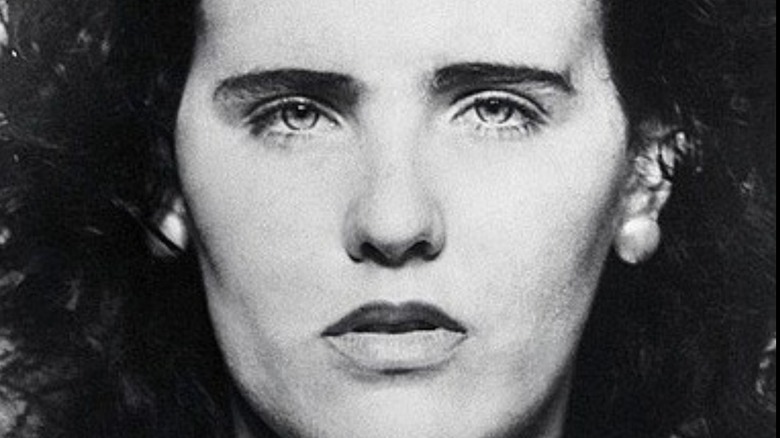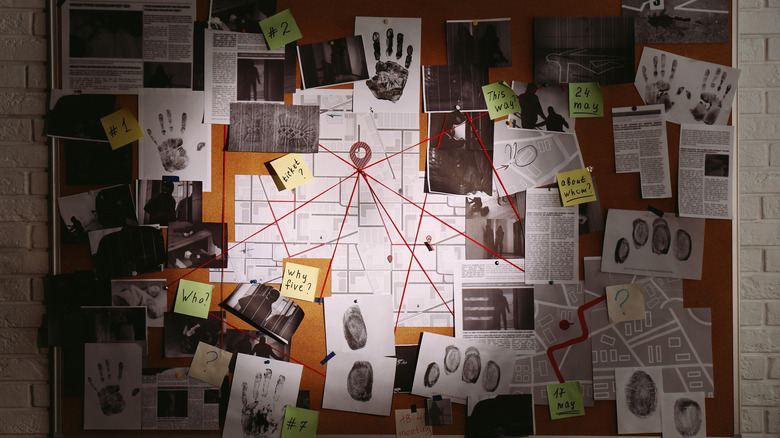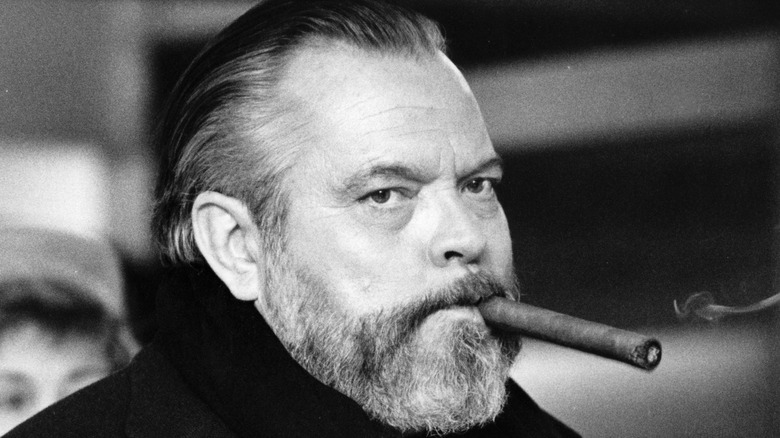The Biggest Black Dahlia Theories: Who Really Killed Her?
The Black Dahlia murder was one of the first post-war true crime sensations, and it remains one of the most well-known unsolved cases in American history. According to the Guardian, two factors contributed greatly to its popularity as a cold case. One was interest in the victim, aspiring actress Elizabeth Short, 22. The press spread false rumors and exaggerations about her lifestyle with a tabloid-like obsession. The other was the brutality of the murder: Short had been tortured and mutilated, drained of blood, and cut in half.
The shocking killing happened in 1947, yet no one has ever been officially charged with the crime, and no one likely will, but some strong theories remain. Steve Hodel, a former LAPD detective, put forth a compelling argument that the culprit was none other than his own father, George Hodel, a doctor who had the medical training necessary for the complicated, clean-cut severing Short's torso, along with claims that the detective had uncovered photos of the victim amongst his father's personal affections. Missing evidence and long-dead witnesses mean that Hodel's investigation can't be confirmed, while other theories rage on about the Black Dahlia murder.
The LAPD tried to force a confession
Solving the murder became a top priority for the LAPD, particularly after it became a media sensation, and the police went through a desperate period trying to catch the killer. According to Biography, the authorities became interested in a man named Leslie Dillon, a former LA resident who moved to Florida, and contacted the police that an acquaintance might have been behind the Black Dahlia killer. The police believed Dillon had a split personality and that the "acquaintance" was actually one of those personalities. Dillon was detained as they tried to coerce a confession, yet Dillon's acquaintance turned out to be a real person who was innocent — and Dillon sued the LAPD for their illegal tactics in trying to pin the murder on him.
The botched investigation and public fallout from the Dillon lawsuit was a killing blow to the case. A 1949 grand jury examination into the murder looked at all the evidence gathered and could not pinpoint a suspect. All that was left was an embarrassed police department and a frighteningly cold case, and by the next years the papers moved on to new headlines.
Some think it's connected to a Cleveland serial killer
Another popular theory connects the Black Dahlia killing to a series of murders that rocked Cleveland, Ohio in the prior decade. According to Unsolved, thirteen mutilated bodies were found in the Cleveland area between 1934 and 1938, mostly in the Kingsbury Run district. These killings were referred to as the "Cleveland Torso Murders", as most of the bodies had been dismembered. The victims were all drifters and sex workers, similar to Elizabeth Short (although rumors that Short was a sex worker were unfounded). Most tellingly, the mutilations had been surgically precise, just as what had happened with the Black Dahlia.
Other connections include the murder weapon used — a butcher knife — as well as attempts to clean the bodies post-mortem. Rope burns were found on Short's body that matched several victims of the Cleveland killer. The bodies had all been manipulated into suggestive positions, just like Short. However, an officer who claimed to know the Cleveland killer — without identifying him — claimed that the man he suspected voluntarily spent years in a mental asylum. Whether that man left the asylum to travel to Los Angeles, stayed in Cleveland, or even if the officer was lying, might never be known.
Some theories include Hollywood legends
With seven decades of speculation, and no sign of a confirmed culprit and motive, some theories have gotten a bit creative in this eternal true crime mystery. According to Salon, a childhood friend of Short named Mary Pacios grew tired and angry over the perception of her murdered friend, often portrayed or depicted as a promiscuous Hollywood flirt that no one would miss. Pacios decided to make her own investigation in order to provide more context into Short's life, and also throws out her own theory of the suspect: Orson Welles.
The Hollywood legend being connected to one of Los Angeles' most notorious murders is certainly shocking, to say the least. Pacios alleged that the man behind "Citizen Kane" had a "diphasic personality" that turned his creative frustrations into violence. Her evidence? Odd incidents from various biographies and a movie set decorated with mutilated mannequins. It's not a path that too many investigators have taken seriously, but 70 years on and with no answer in sight, farfetched theories such as these are perhaps as close as we'll get to solving the Black Dahlia murder.



